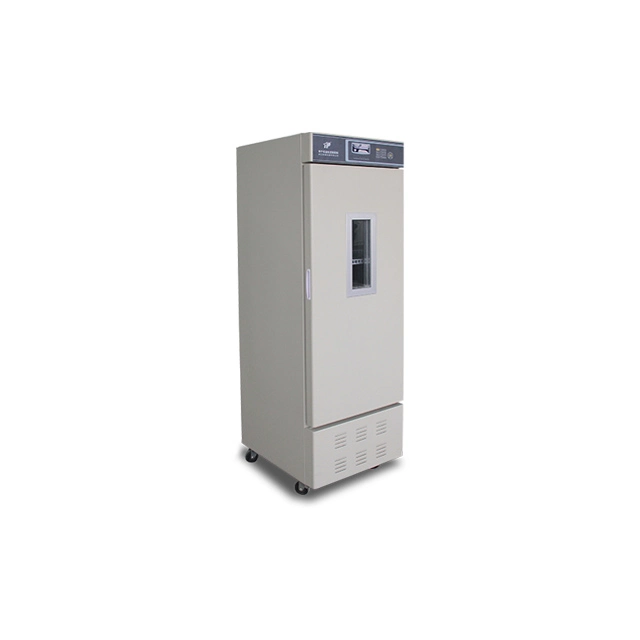Laboratory Ovens
What is Laboratory Ovens?
Typically, lab ovens use heating elements to warm air in a closed chamber, providing a controllable temperature environment for various experiments. They are generally used for heating solid samples; for safety, liquids should be heated using a water bath or metal bath.
Temperature Range: 250 ℃, 80 ℃ (incubator), 300 ℃, 500 ℃ (high temperature)
Capacity: 20 L – 3100 L
Temperature Control Method: PID control

Common Application Scenarios
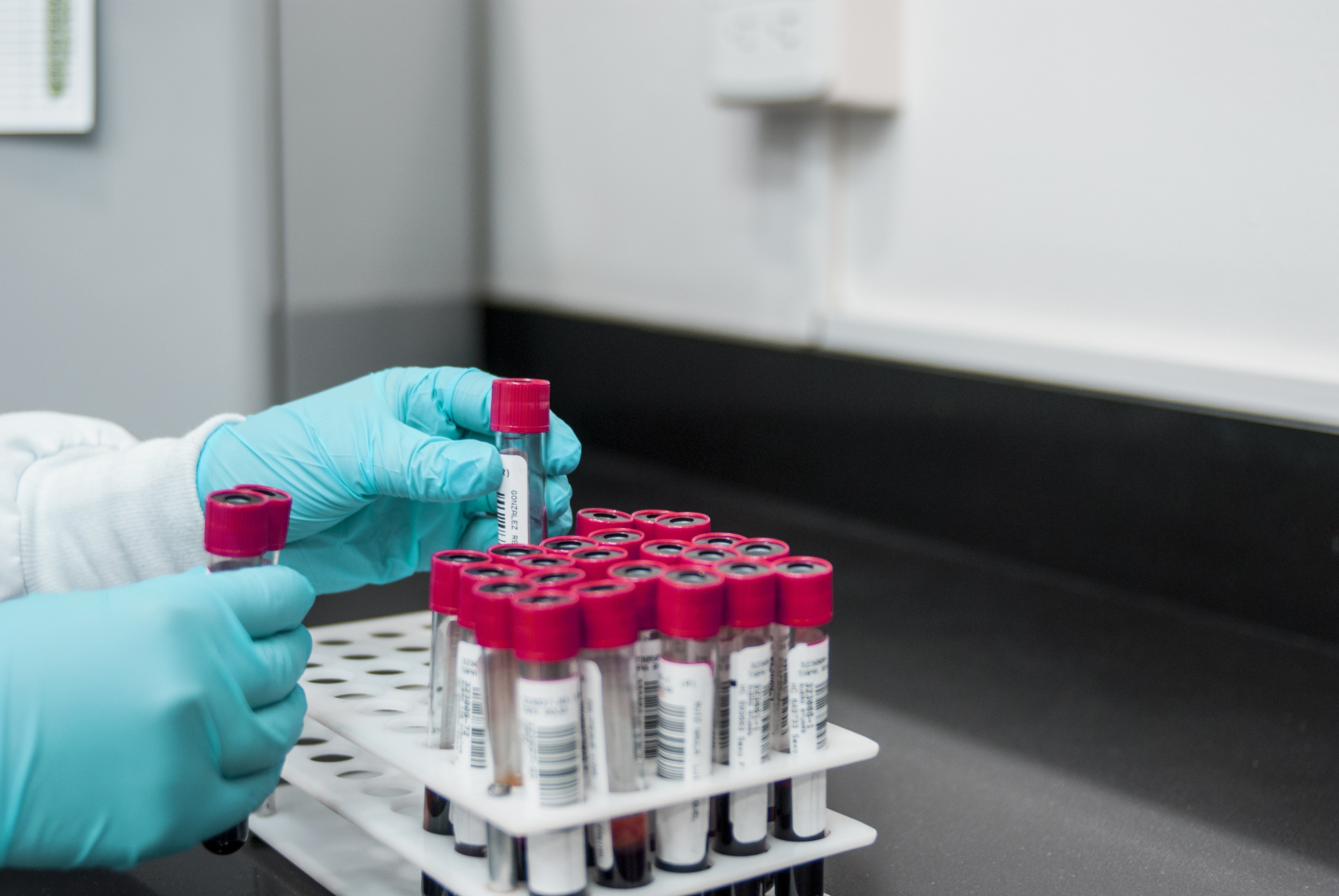
Sample Drying

Low-Temp. Heat Treatment

Material Pre-Baking
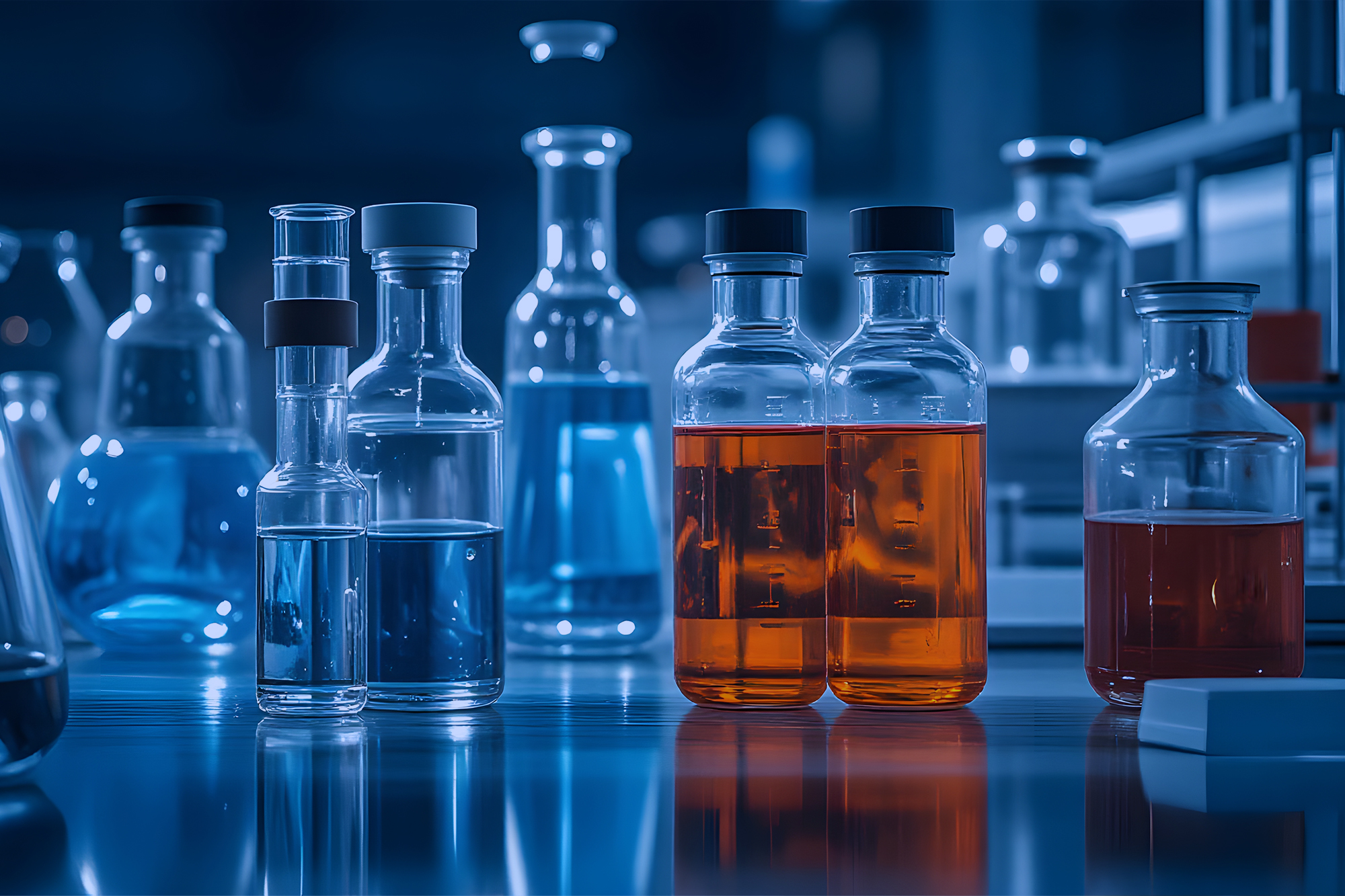
Glassware Drying
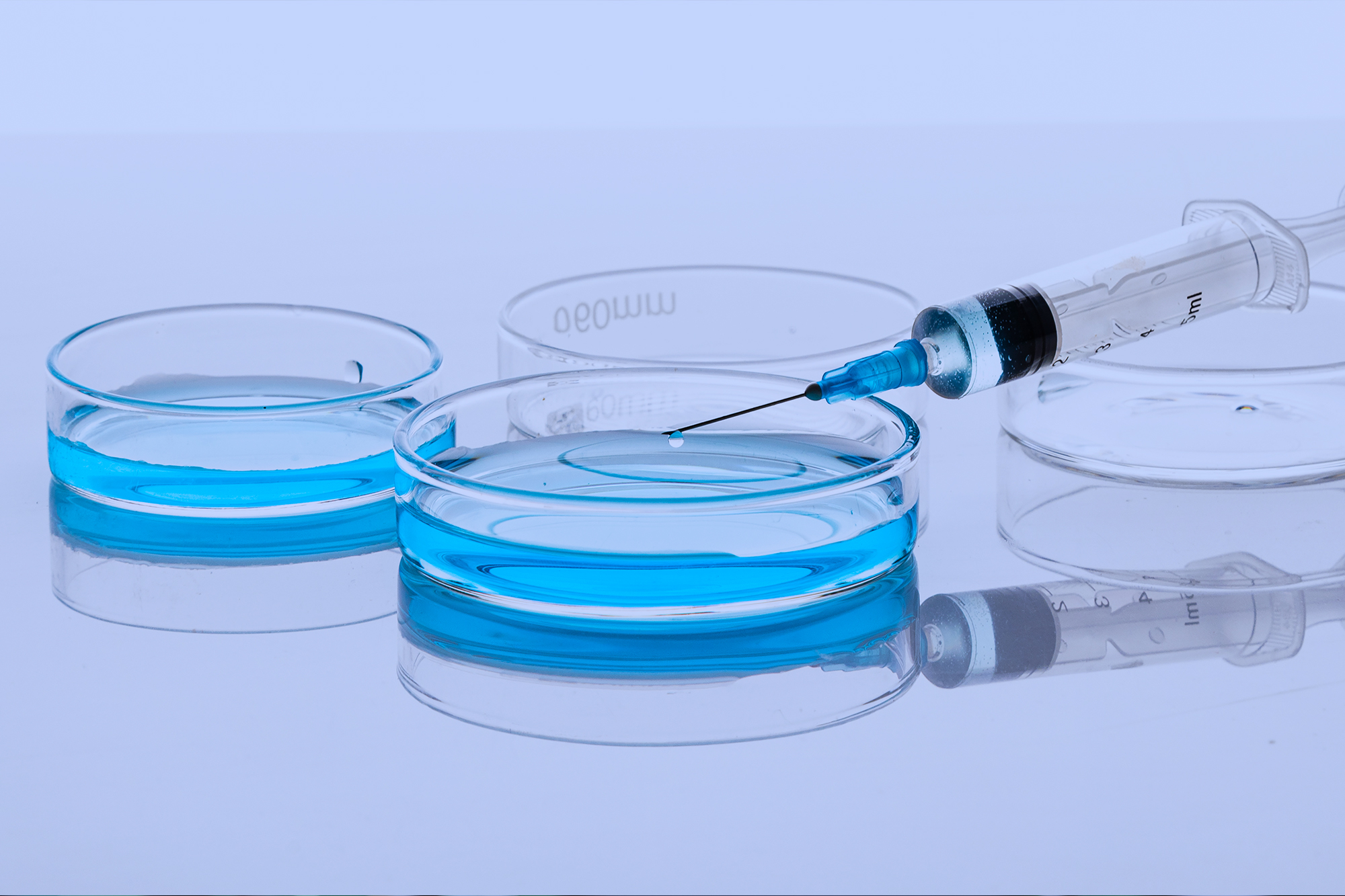
Stability Testing
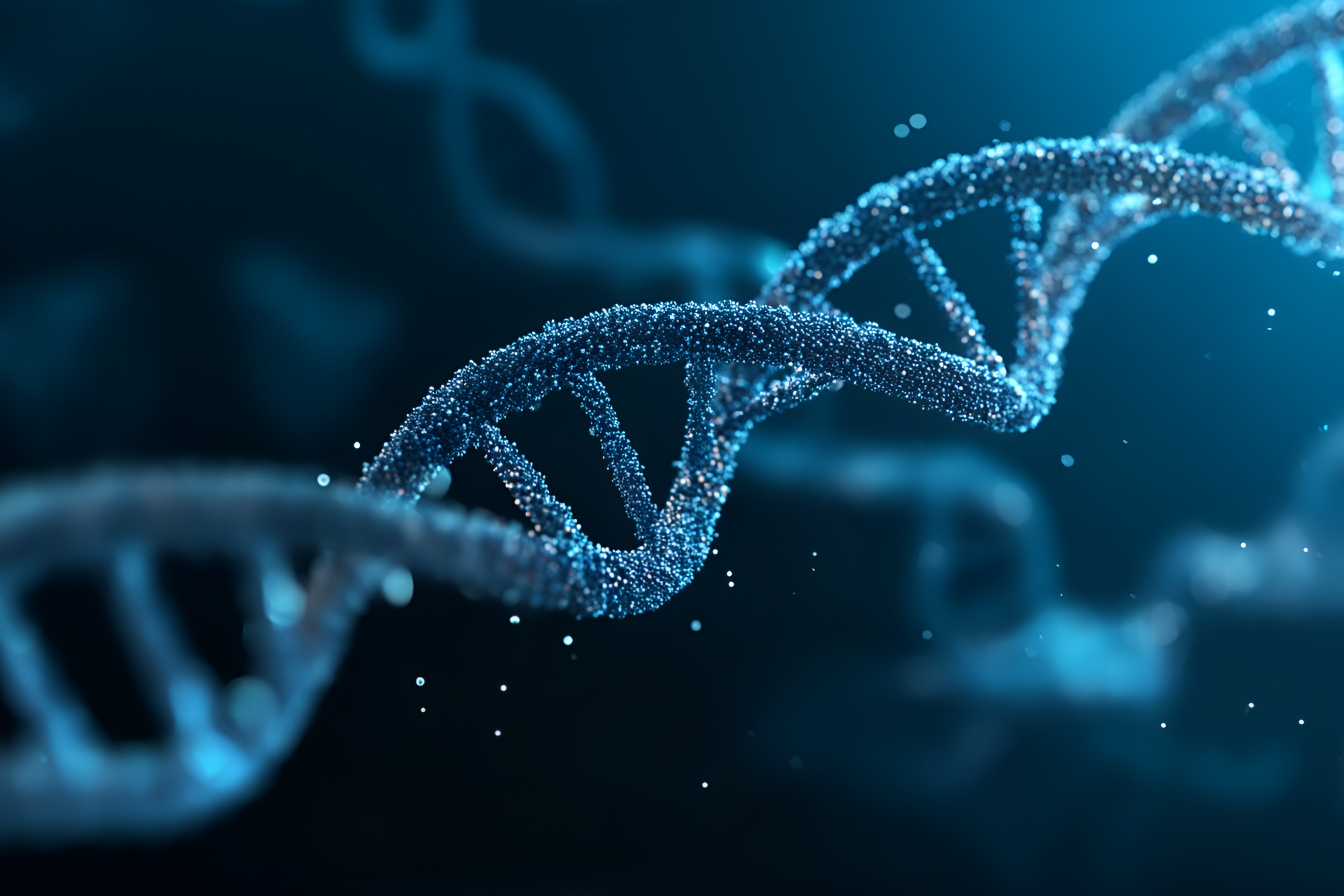
Preheating And Annealing
Type of Lab Ovens
Vacuum Oven
Sterilizing Oven
Programmable Oven
Forced Convection Oven
Vacuum Oven
Sterilizing Oven
Programmable Oven
Forced Convection Oven
Improve Temperature Control
Choosing a Forced Convection Oven
Forced convection (active convection) provides much better internal temperature uniformity compared to natural convection (passive convection).
Structure
Controller / Temperature Control
Lab Oven & Incubator
Using a laboratory oven as an incubator is only feasible in special cases where only temperature control is required, without the need for humidity control, sterility, or a controlled gas environment. However, its temperature stability is generally not as precise as that of a professional incubator.
Differences Between Lab Oven and Incubators
| Feature | Lab Oven | Incubator |
| Temperature Range | Typically RT+5 ~ 250–300 °C | Typically RT–10 ~ 70 °C (low-temperature range) |
| Humidity Control | None | Available |
| Atmosphere Environment | Ambient air, with optional exhaust or vacuum | Controlled atmosphere (e.g., CO₂ incubators, anaerobic incubators) |
| Purpose | Drying, dehydration, low-temperature heat treatment, glassware drying | Providing suitable conditions to maintain survival and reproduction of organisms |
Application Scenarios
When only a stable temperature environment is required, without humidity/sterility/gas control
For example, “constant-temperature storage” or low-temperature heating of non-biological samples.
Applications: aging tests of food/materials, accelerated stability testing of chemicals at 40–60 °C.
In biological experiments where humidity and gas control are not required
For cultivating certain desiccation-tolerant microorganisms (e.g., some fungi and bacteria) that only require temperature control.
However, this is usually limited to teaching or simple experiments, and is not suitable for research-grade applications.
Low-temperature range Lab Ovens (around RT+5 ~ 60 °C)
Some ovens have a minimum controllable temperature close to the working range of incubators, making them capable of maintaining constant low temperatures.
If the requirement is simply to “heat to and maintain a stable temperature,” ovens can serve as a substitute.











